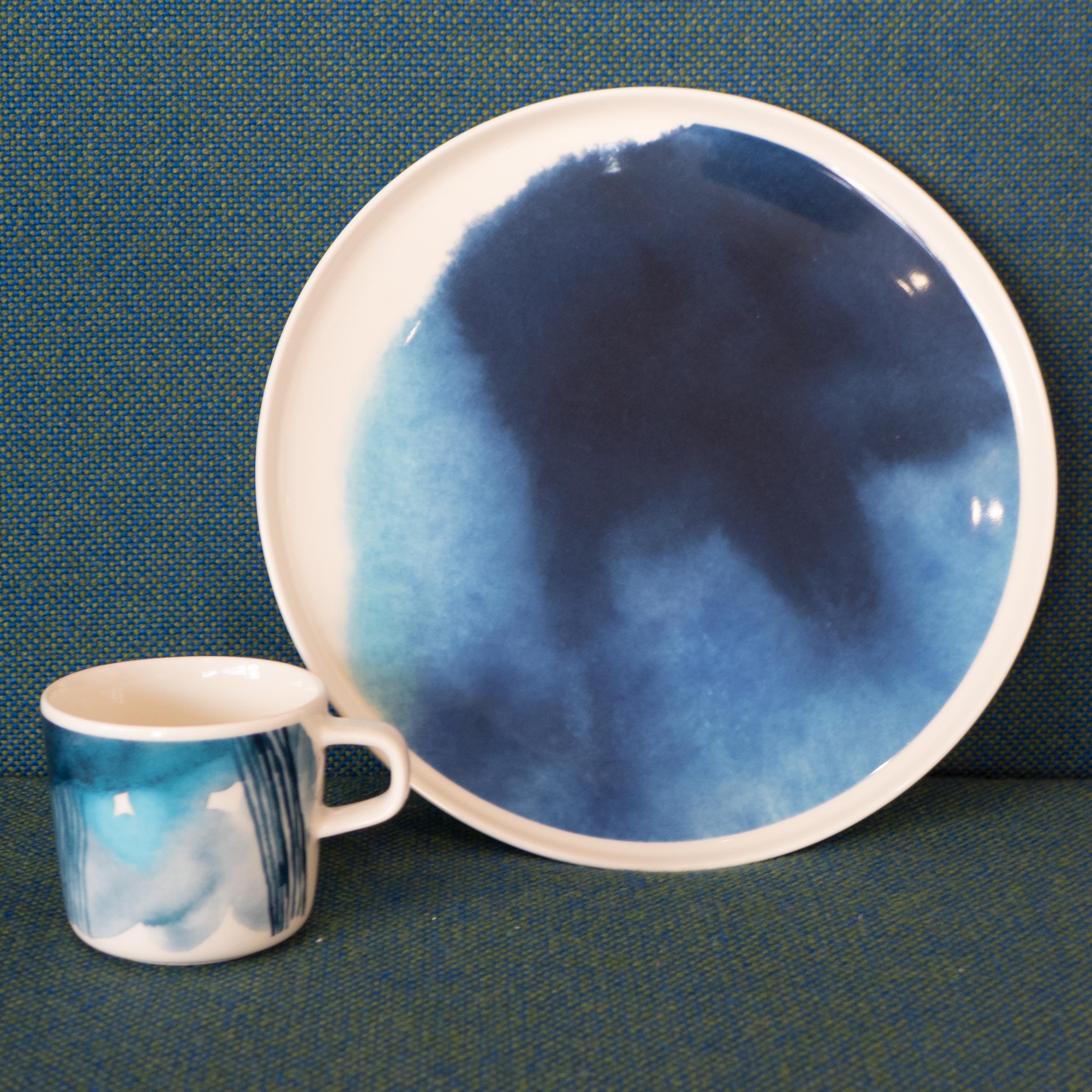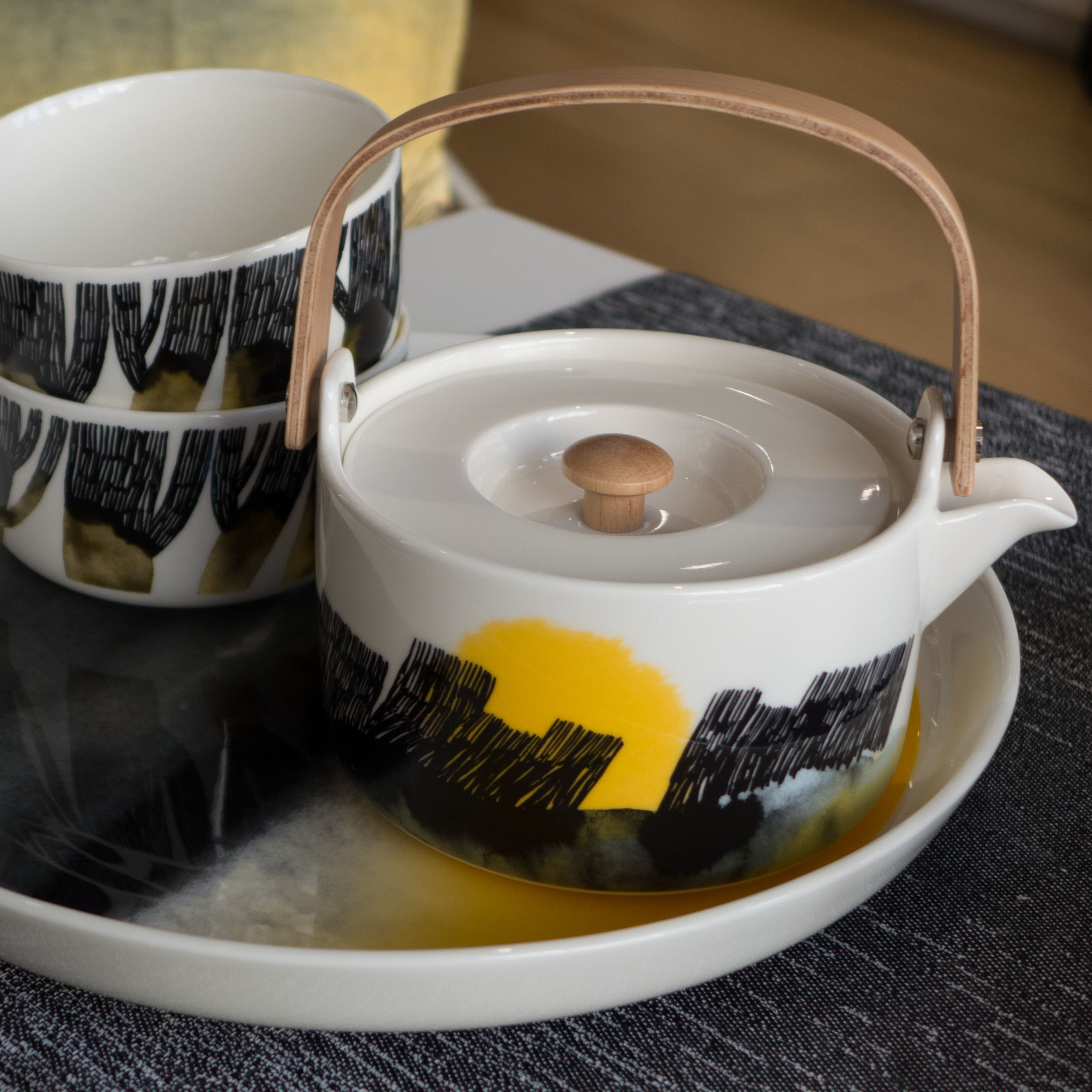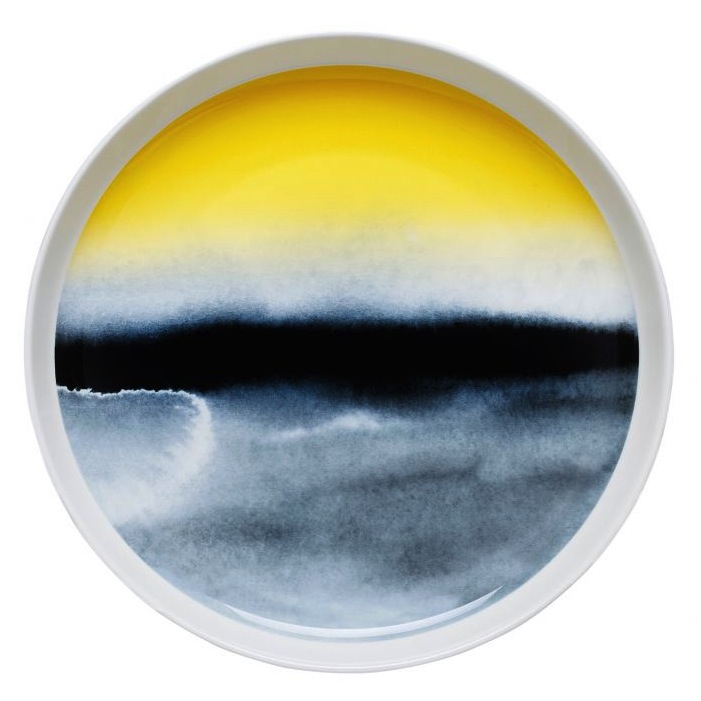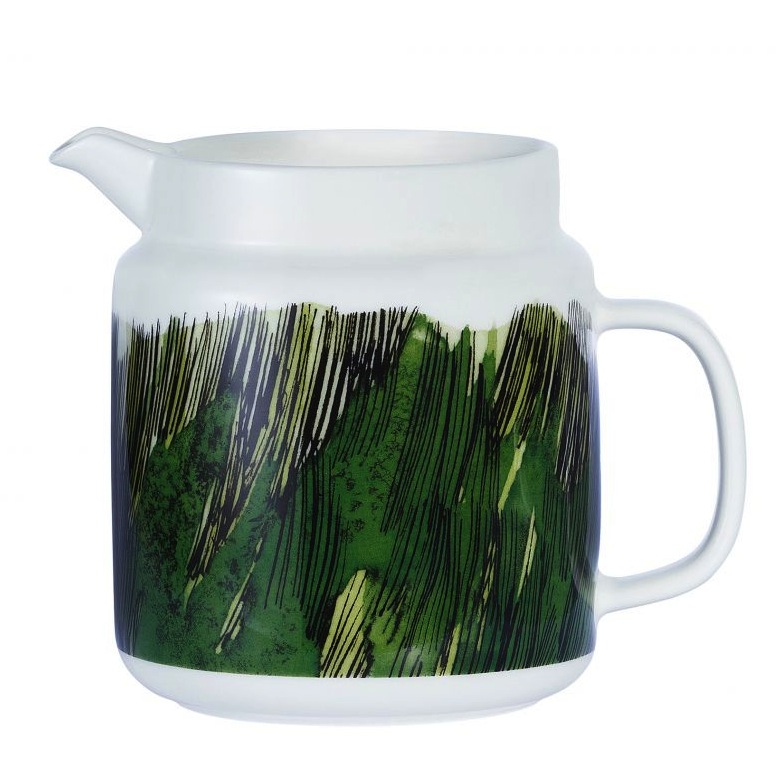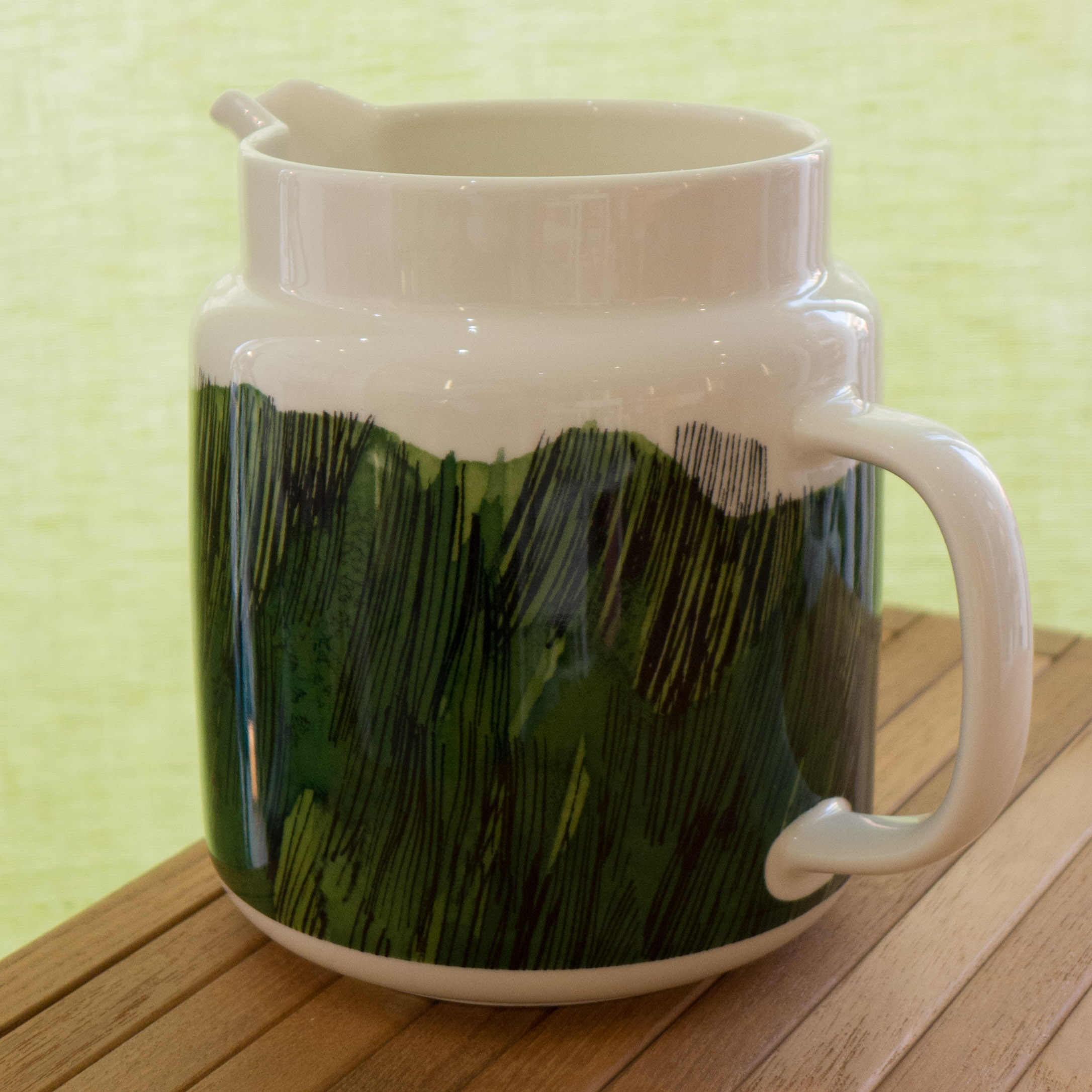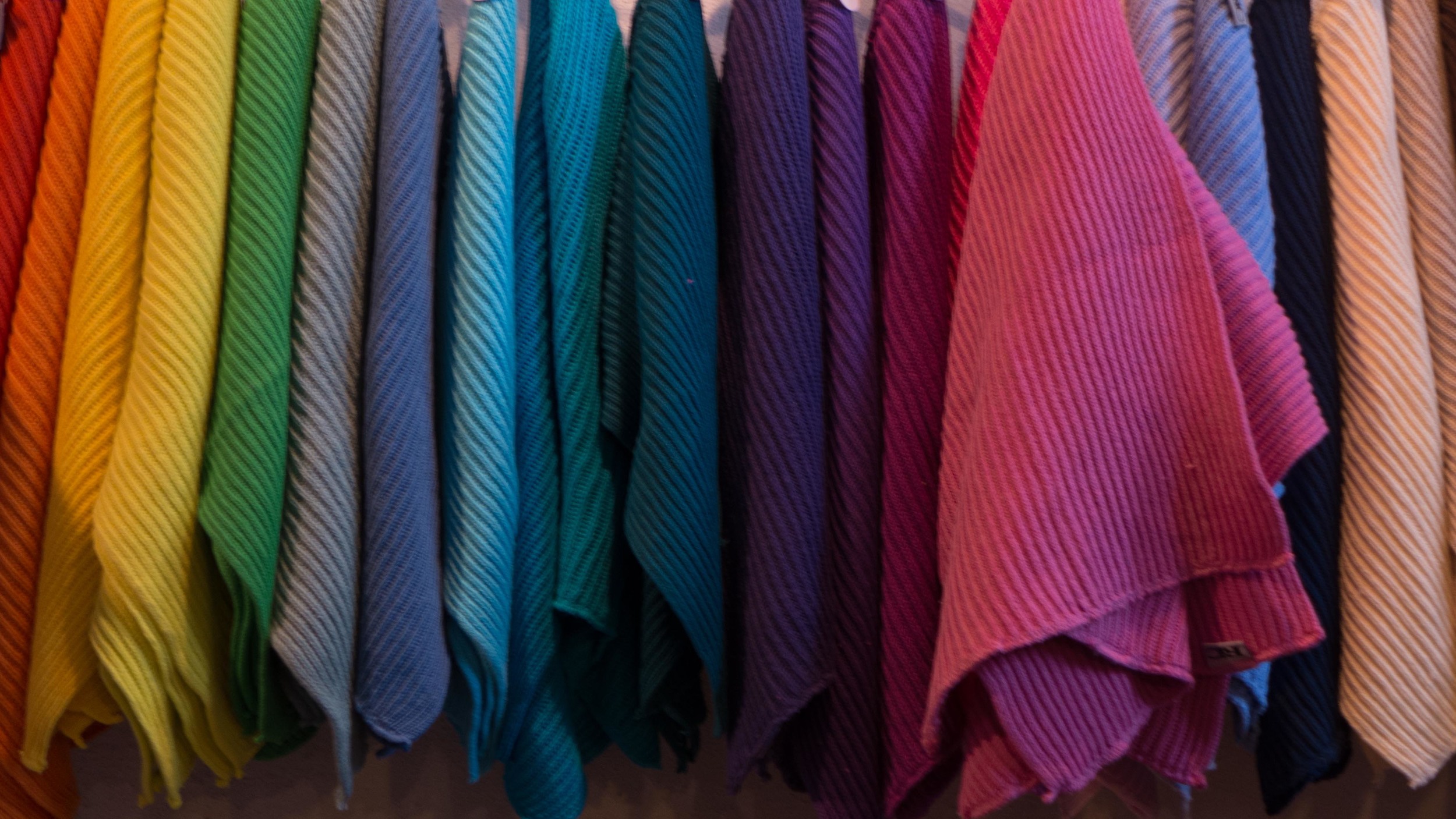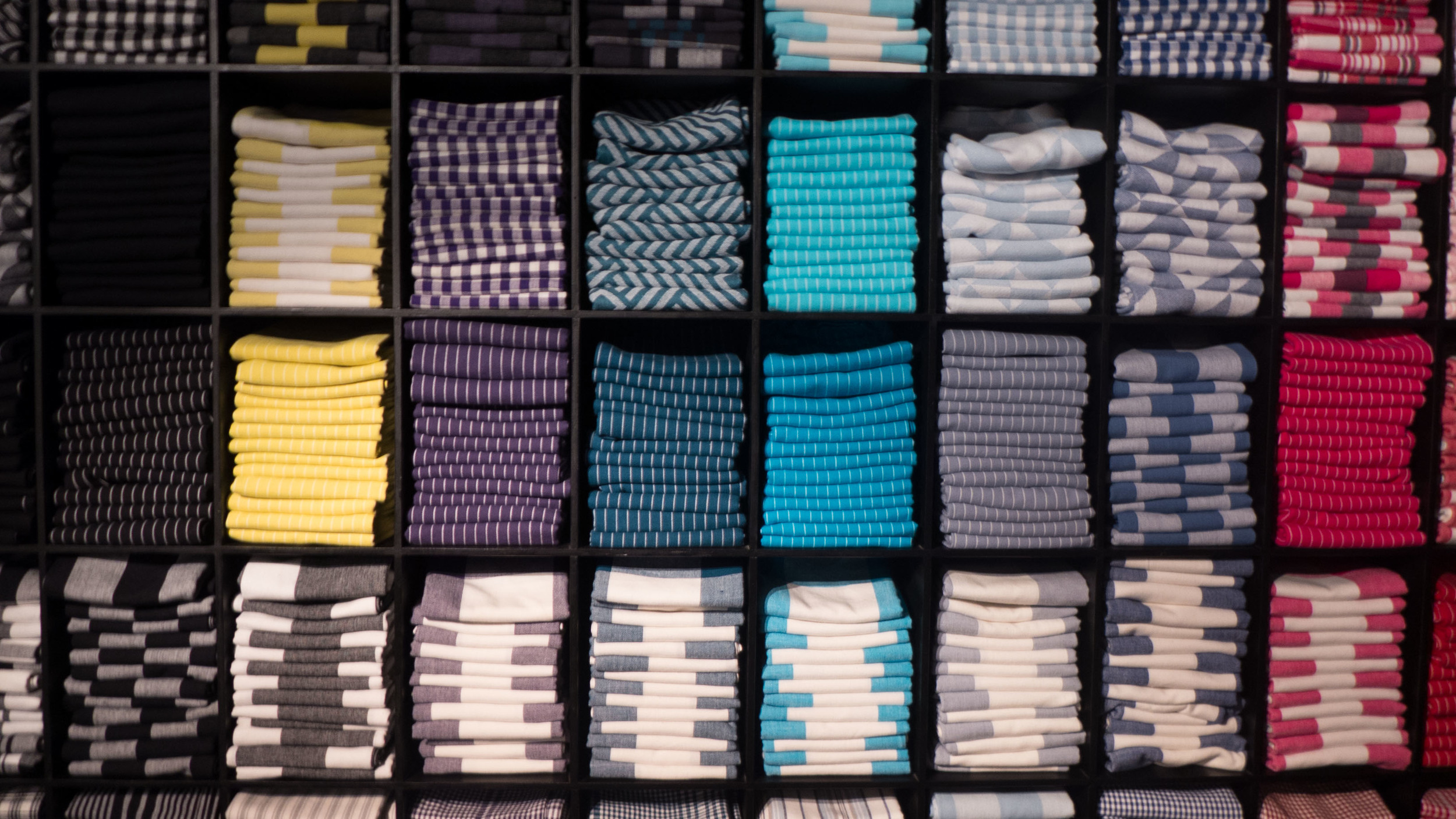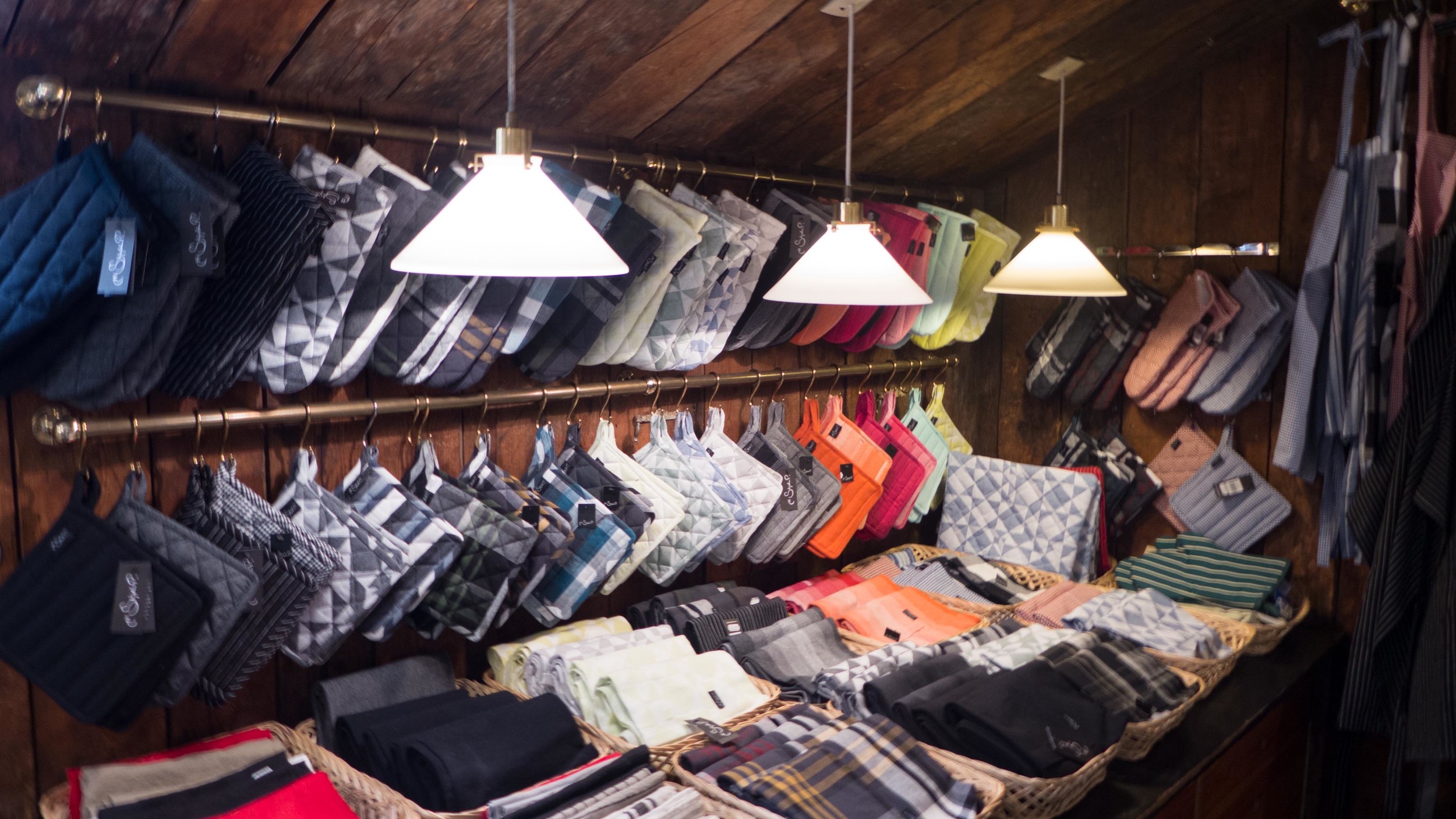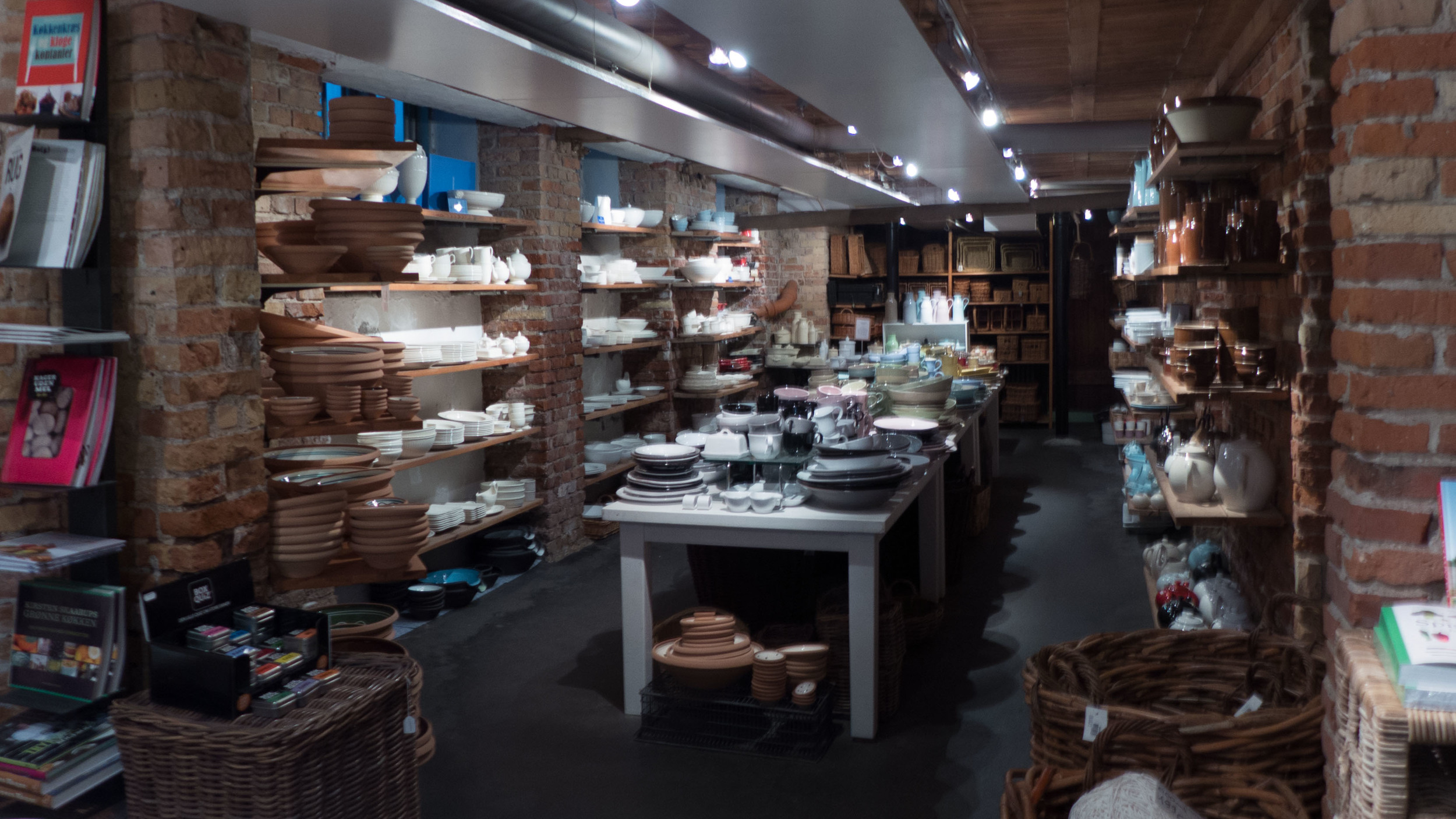linens from Klässbol
/Manhattan tea towel in natural
Bjork and Manhattan in white and natural
Flätan napkin
The village of Klässbol in Sweden is in the district of Värmland, north of Lake Vänern, 370 Kilometres west of Stockholm and just 40 Kilometres from the border with Norway, in an area of lakes and forests with small red-painted houses set in gardens and trees.
Hjalmar Johannsen was born in Klässbol in 1884 and began work at the local wool factory at the age of nine. As a young man he moved to Borås, to the south, near Gothenburg, to study at the weaving school there, but returned to Klassbol in 1918 to work as a weaving supervisor at a local wool factory. To supplement his income from the clearly failing woolen mill, he started weaving linen sheets and towels in his kitchen, from linen supplied by local farms. In 1921 he bought his first mechanical loom and in 1924 the business expanded into a nearby cottage. His family managed to continue the company after his death in 1928, at the young age of 44, and Klässbol, the company named after the village, is still owned and run by his descendants.
The linens produced at Klässbol are of the very highest quality. Since 1988 all Norwegian embassies have used Klässbol linens and in 1991, for the 90th Anniversary Dinner for the Nobel awards, Ingrid Dessau designed new linen for the Academy. Klässbol linens are also used by the Swedish Royal family and in 1993, to mark the 20th anniversary of the ascension of Carl XVI Gustaf, the Swedish parliament presented their king with 9 specially woven Klässbol tableclothes each 3 Metres long and with 200 napkins. Few of us, except perhaps one of the Oxbridge colleges or the City Guilds, would need table linen in that quantity but crisp, well-ironed napkins can make a meal at the table seem even more special.
As with Marimekko in Finland, Klässbol is proud of the team of designers who have worked for the company and it is interesting to read the pen portraits that are posted on the company web site where the designers explain a little about their work with linen.
If you are on holiday in Sweden, it is possible to visit the Linen Weaving Mill at Damastvägen 5, in Klässbol.




